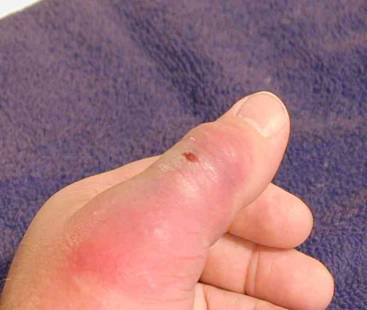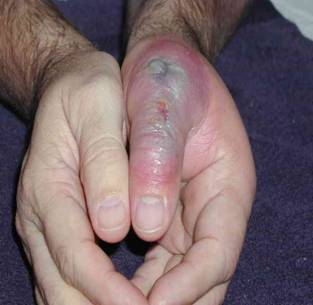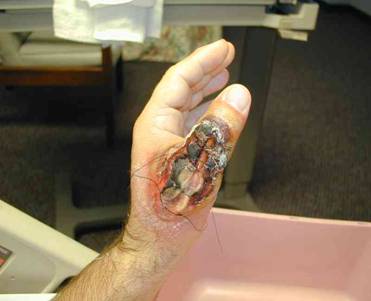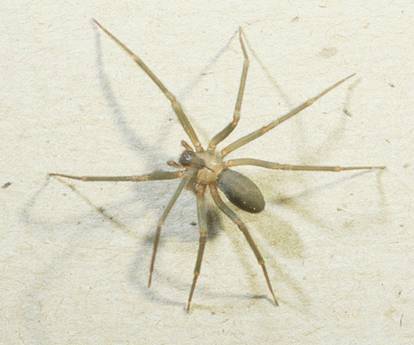Brown Recluse Spiders - This is a MUST READ
It's summertime & cleanup is going on. Be careful where you put your hands. They like dark spaces & woodpiles. Also cool areas in the attic, or in sheds and basements.
"Brown Recluse" Spiders
From: R.L. Smith, 1982. Venomous Animals of Arizona. The University of Arizona.
Warning: The bite of a "brown recluse" spider, while not usually life-threatening, may cause severe local and occasionally systemic symptoms that require the sustained attention of a physician. A neglected bite can result in disfiguration and possible renal (kidney) failure. If you believe that you or someone in your care has been bitten by a brown spider, visit a physician as soon as possible for examination and possible treatment of the bite. There are no recommended first aid procedures for brown spider bites (see first aid instructions).
This guy was bitten by a Brown Recluse spider.
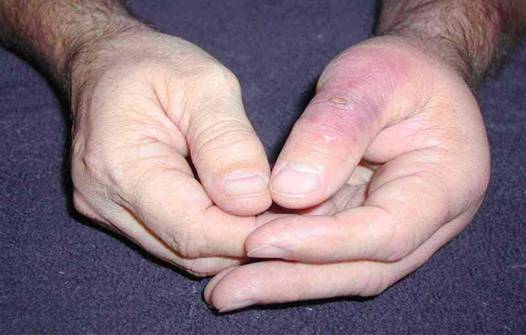
Day 3
The following illustrates the progression
of a brown recluse spider bite.
The affected skin actually dies on his body.
Day 5
Some of the pictures towards the end are pretty nasty,
but take a look at the last one -- it is a picture of the spider itself.
Day 6
The Brown Recluse Spider is the most
dangerous spider that we have here in the USA .
Day 9
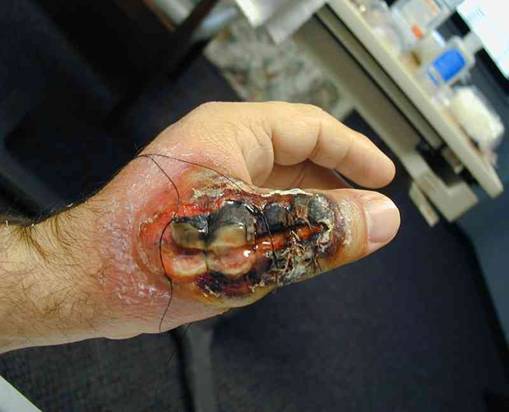
A person can die from it's bite. We all should know what the spider looks like .
Day 10
Send this around to people you lo ve, because it is almost summertime.
People will be digging around, doing yard work, spring cleaning,
and sometimes in their attics.
The Dangerous Brown Recluse Spider
Please be careful.
Spider bites are dangerous and can have permanent
and highly negative consequences.
They like the darkness and tend to live in storage sheds or attics or other
areas that might not be frequented by people or light.
If you have a need to be in your attic, go up there and turn on a light
and leave it on for about 30 minutes before you go in to do your work.
PLEASE PASS THIS ON TO YOUR RELATIVES AND FRIENDS!
